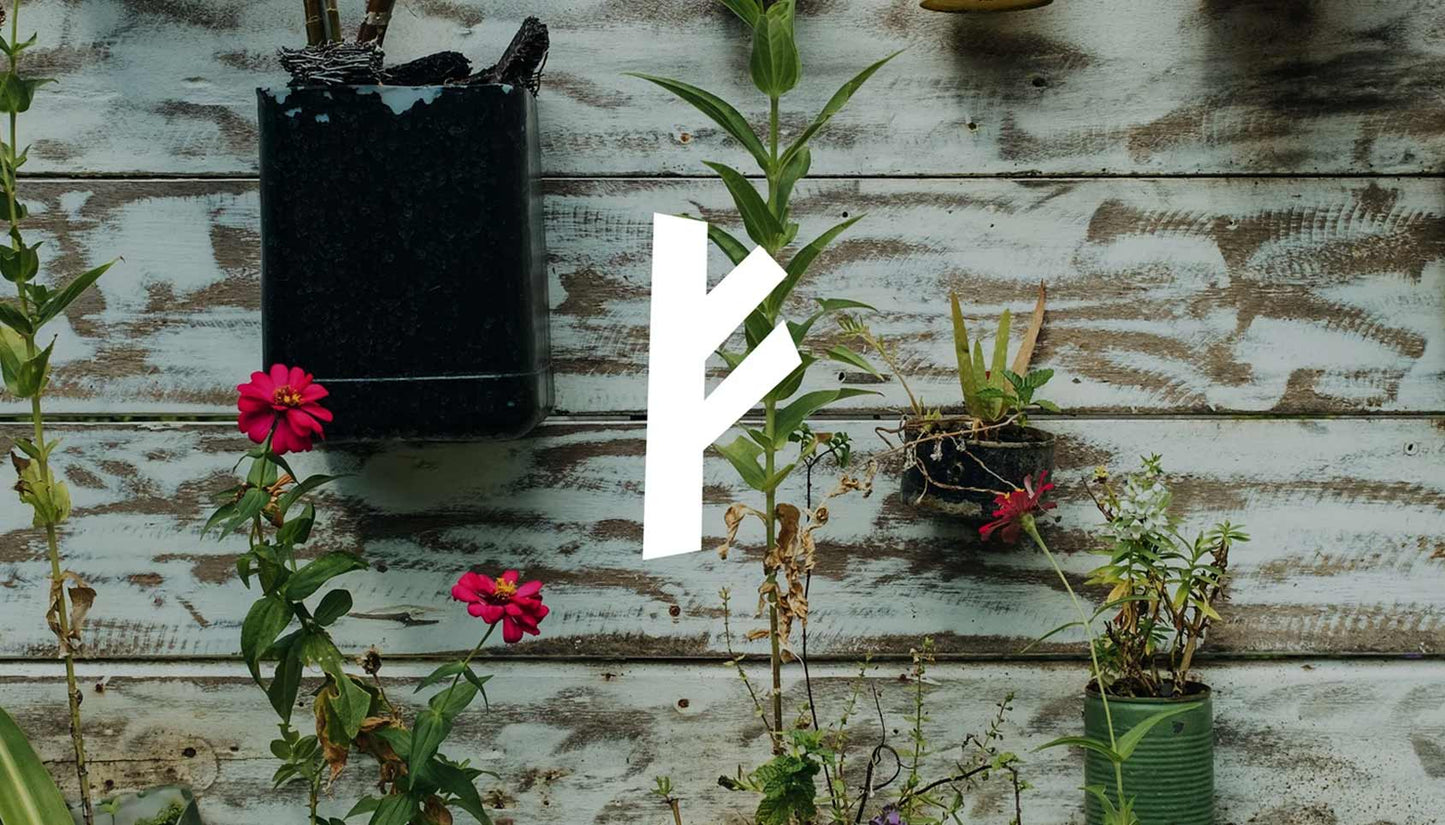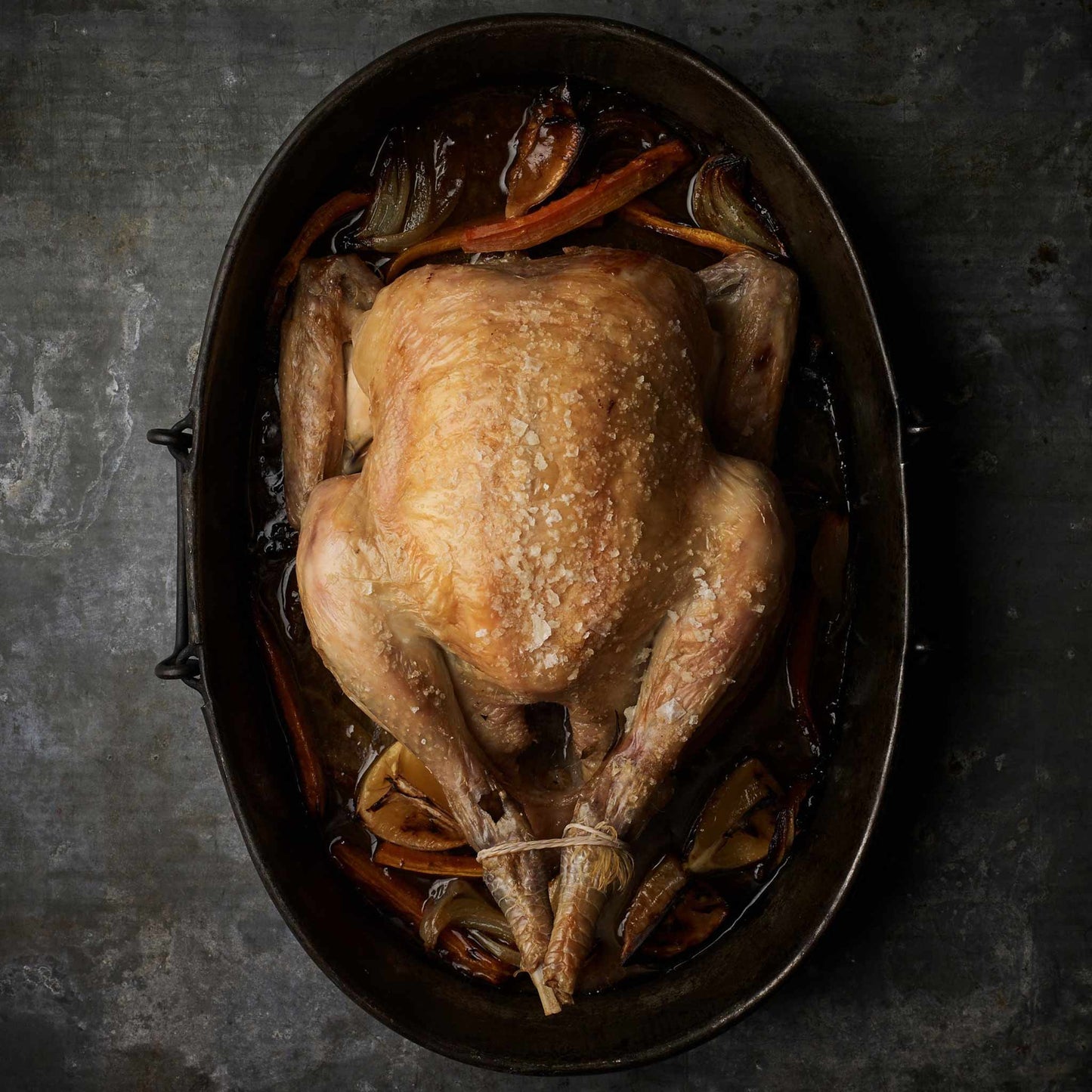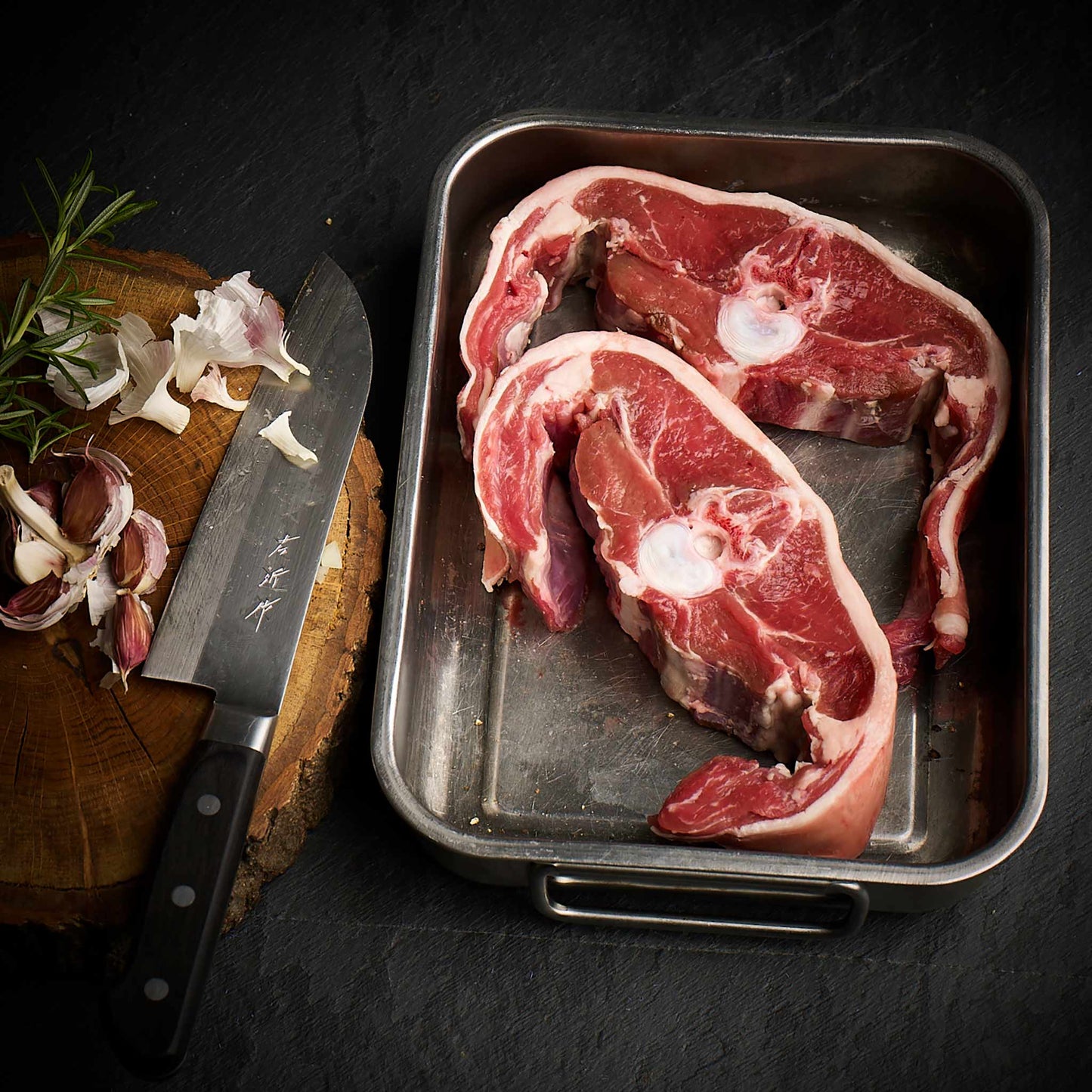We source our chicken from one farm in Leicestershire. The farm is Pasture for Life certified and rears truly free range, outdoor birds.

This year our #Regenuary campaign is focussing on food service and how the foods we eat outside of the home can be prepared with a lower impact, be it fine dining or a sandwich from a petrol station, small changes adopted on mass scale can make a huge difference.
The 5Rs.
In sustainability and zero waste systems there is an often used guide called the 5rs, there are a few variants of this but for our purpose we will define them as:
- Refuse
- Reduce
- Reuse
- Recycle
- Rot (compost or ferment)
To learn more about the origin of the 5 Rs please see the first post in the series.
Number 3. REUSE
The third tenet of the 5 Rs is to reuse and we will look at how this can be applied to both packaging and ingredients in the kitchen.
How to reuse packaging
The first point in considering how to reuse packaging is firstly to refuse single use plastics as these materials are by definition hard to find a second use for.
Glass and metal based packaging can not only be more readily recycled but glass in particular can be very easily sterilised and reused. A simple trip through a dishwasher or boiling water and glass jars are ready to be rescued and reused. If you’re reusing a jar with a strong smell, like pickles, soak the jar overnight with some baking soda to remove the smell and prep the jar to hold whatever you like.

Solutions for reuse become more apparent with a broader way of thinking about waste, for example if you're juicing citrus for a recipe, zest it first, dry the zest and save in a reused glass jar and you're both reducing waste and reusing packaging in one hit.
Also, over ripe fruits and vegetables make jams, chutneys and preserves which can be stored in old glass jars.
In a commercial kitchen you might find that you have larger glass receptacle from catering size packs, these make perfect vessels for lacto ferments such as kimchi or kraut as well as pickles and for storing broths and stocks, this again uses up veg that otherwise might be wasted.
Metal containers such as tins and aluminum cans are harder to reuse because of corrosion, also they tend not to come with resealable lids like glass jars do if you're given a choice, glass first, metal second and as a last resort plastic.
Choose reusables
When it comes to seemingly unavoidable single use packaging often it's just a mindset change that needs to happen to change ro reusable versions.
We talked about how we deliver to some of our restaurant clients in reusable containers and load directly into their fridges taking back the empties to be, well, reused but we also reuse some elements of our packaging for our direct to consumer customers.
When we send boxes out to customers around the country we use an insulation called WoolCool that is made from waste wool encased in a plastic sleeve, this has great thermal insulation properties and we use ice packs to keep the meats at a low temperature while in transit.
Both the WoolCool and the insulation packs can be used again, in fact as many as 6-8 times!

When our customers have placed 5-6 orders with us they can use a freepost service to return this insulation and ice packs to us for reuse, free of charge by using this link.
https://ethicalbutcher.co.uk/pages/packaging-returns
In our day to day life we can drastically cut down on needless packaging while out of the home by using simple measures such as taking our own insulated coffee cup to the coffee shop and of course, not using single use plastic water bottles.
Vendors too can incentivise this by both selling reusable cups and offering loyalty schemes and discounts for customers not needing a takeaway cup.
Reusing food
Reusing food sounds like something you don't want to do but there are many things we can do to cut down on waste by reusing.
As mentioned above, we can save peels, bones, vegetable tops, skins and offcuts of almost anything to make soups, broths stocks and flavourings.
Citrus for juicing can be zested and the zest can be candied or died, potato skins are packed with flavour and most of the nutrients, they can be cleansed and roasted into crunch chips or sauteed in milk to flavour the milk before being used to make the best mash you've ever tried. Carrot tops can make pesto, outside leaves of brassicas can be lacto fermented into kraut and kimchi and to take things a step further as Silo do, you can ferment using koji to create a garum.
All about garum
Koji is a culture called Aspergillus oryzae which is added to rice, barley or soya beans, it is the koji that give sake it's wonderful exotic complex fruity flavours as well as making properly brewed soy sauce and miso paste but it can also be used to ferment leftover veg or meat scraps into umami rich sauces known as Garum. Koji is unfamiliar to most of us European chefs and cooks but it can be bought in Asian supermarkets or even on amazon as a pre-inoculated rice starter culture.
Picture: Pre-inoculated rice with koji

A basic garum can be made by taking some ground meat (preferably offcuts and very lean cut as the fat needs to be skimmed) mix it well with salt, crumbled koji rice, and water, then put it in a non-reactive container (glass) and keep at a stable temperature for 30 days, after 30 days a transformation will have turned your leftovers into a rich salty umami sauce taht is a natural flavour enhancer.
Garums can also be made using vegetable leftovers such as root vegetable peels, once the best restaurant in the world, Noma, in Copenhagen uses garums as the backbone of many dishes, especially the ones that are vegan as the garum adds a 'meatiness' of umami from the fermentation. To read more about Noma's garums see the website here
Picture - Noma's garums

Many cultures produce garums as this concept is the basis for a thai style fish sauce but closer to come it is also the basis of Worcestershire sauce and in the Roman times garums were very highly prized.

If you want to know more about the history of graum the authority on the subject is considered to be Sally Granger's now hard to find book called 'The Story of Graum' in which she states:
Making garum was an odiferous task ascribed to Roman slaves and laborers. They gutted small fish, then threw everything — guts, bones, and all — into stone tanks or large clay pots called amphorae, and covered them with brine made by combining different amounts of salt and seawater. The ensuing fermentation process, which could take almost a year, relied on the sun to make bacteria from the fish’s guts break down its flesh, turning it into a thick liquid. The Latin word “garum” referred specifically to a pre-fermented sauce of blood and viscera, Grainger explains in her book, “rather than a general term” for fermented fish sauce.
It is the process of chemical decomposition that allows garum to develop its complex flavor. As the fish’s intestinal bacteria spread through its body, they initiate the fermentation process, which in turn transforms the fish proteins into amino acids like glutamic acid and glutamate, giving the garum its robust umami taste.
The limit to reusing kitchen ingredients is your knowledge and imagination, the knowledge is mostly free and the imagination comes with confidence in fermenting things that seems to go against everything we're taught about food safety into something of extraordinary flavour and complexity that doesn't kill us!



